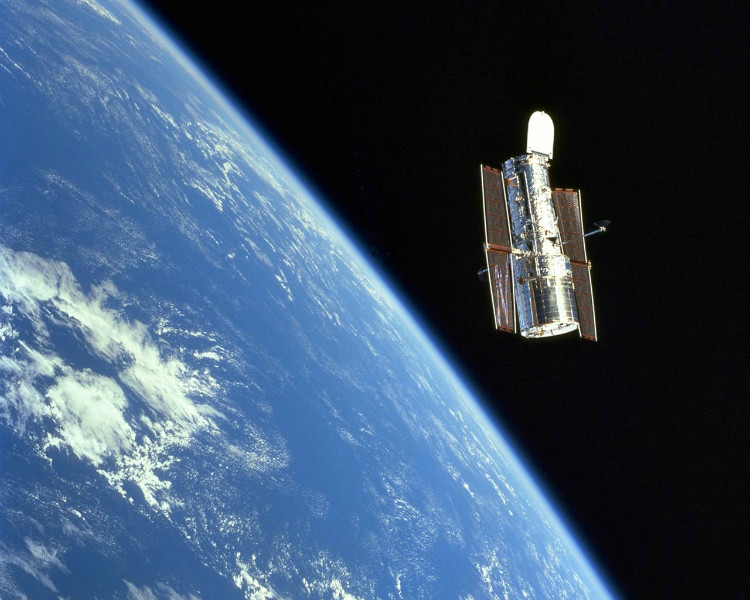(单词翻译:单击)
Hildebrand traveled to the site and decided fairly swiftly that they had their crater. By early 1991 it had been established to nearly everyone's satisfaction that Chicxulub was the impact site.
希尔德布兰德来到该地,很快就得出结论,他们找到了想要找的大坑。到1991年初,已经确定它就是撞击的现场,几乎令每个人都感到很满意。
Still, many people didn't quite grasp what an impact could do. As Stephen Jay Gould recalled in one of his essays: "I remember harboring some strong initial doubts about the efficacy of such an event... Why should an object only six miles across wreak such havoc upon a planet with a diameter of eight thousand miles?"
然而,许多人仍然不大理解撞击到底会产生什么后果。斯蒂芬·杰伊·古尔德在一篇短文中说:“起先,我对这样的事件的威力仍然抱有强烈的怀疑态度……一个直径只有10公里的物体,怎么会对一个直径1.3万公里的行星造成这么大的破坏?”
Conveniently a natural test of the theory arose when the Shoemakers and Levy discovered Comet Shoemaker-Levy 9, which they soon realized was headed for Jupiter. For the first time, humans would be able to witness a cosmic collision—and witness it very well thanks to the new Hubble space telescope. Most astronomers, according to Curtis Peebles, expected little, particularly as the comet was not a coherent sphere but a string of twenty-one fragments. "My sense," wrote one, "is that Jupiter will swallow these comets up without so much as a burp." One week before the impact, Nature ran an article, "The Big Fizzle Is Coming," predicting that the impact would constitute nothing more than a meteor shower.
这真是踏破铁鞋无觅处,得来全不费工夫,对该理论进行一次自然测试的机会很快就来到了。苏梅克和列维发现了苏梅克-列维9号彗星,而且他们很快意识到,它正向木星飞去。人类首次能亲眼目睹宇宙里的一次撞击──而且多亏了新的哈勃太空望远镜,看得非常清楚。据柯蒂斯·皮布尔斯说,大多数天文学家不抱多大希望,尤其因为彗星不是个紧密的球体,而是一连串21个碎块。“我觉得,”有人写道,“木星没打个嗝就会把这些彗星吞吃了。”撞击之前的一个星期,《自然》杂志刊登了一篇题为《大失败即将到来》的文章,预言撞击只不过会是一场流星雨。
The impacts began on July 16, 1994, went on for a week and were bigger by far than anyone—with the possible exception of Gene Shoemaker—expected.
撞击于1994年7月16日开始,持续了一个星期,其威力之大超出任何人的预料──有可能尤金·苏梅克是个例外。


